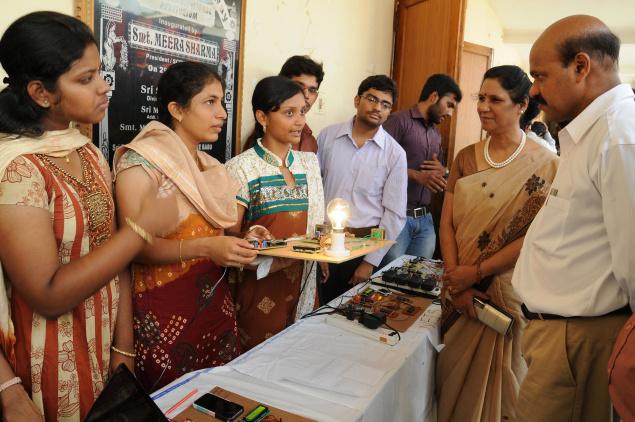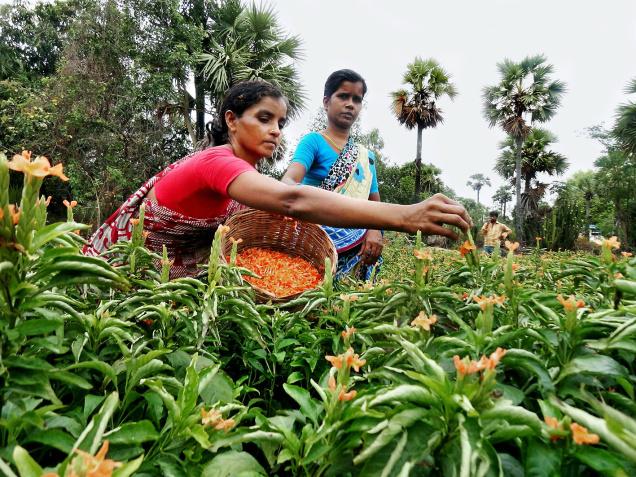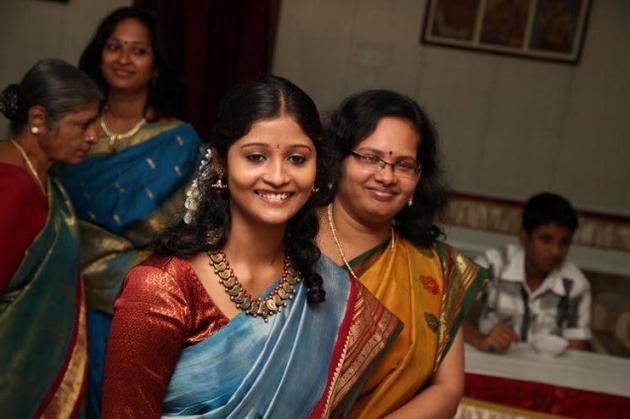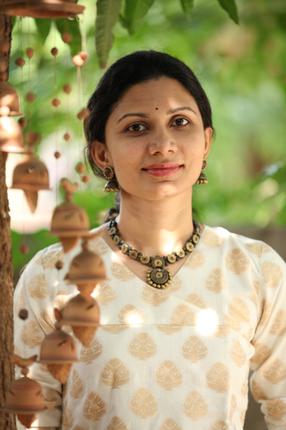
About 100 students designed projects on safety in railways including automatic coach guidance, signal control system and submitted a thesis to the South Central Railway (SCR) authorities.
The engineering students who designed the circuits and software programmes displayed them before the Vijayawada Division Railway officials at Railway Auditorium on Friday. The projects would be useful both for the railways and passengers, said the students.
Vijayawada Additional Divisional Railway Manager S. Subba Rao, SCR Women’s Welfare Organisation president Priti Awasthi and heads of various departments visited the software products exhibition. Ms. Awasthi praised the budding engineers for designing the projects with innovative ideas.
Alerts for driver
Four students of Electronics and Communication Engineering of Vignan University – Vamshi Krishna, Aravind, Siddhartha and Vara Prasad – prepared a circuit on Signal Control System, which would prevent accidents and provide safety for the passengers.
“In Signal Control System, we placed a monitoring device on the signal pole and receiver in the engine. The train drivers can know the signal position (from each pole) through the receiver at some distance. Signal Control System will be useful particularly during winter seasons when there is heavy fog,” said Mr. Vamshi Krishna.
If the train crosses the red signal, the system would automatically slow down the train and prevent any possible mishap. The device was prepared after discussing the problem with loco drivers, said Mr. Siddhartha.
The GPS on Fire Detecting System would alert the railway authorities, if there was any fire in the coaches. Likewise, the Rail Tracking System, designed by four students – T. Bhavya, D. Kavya, Ch. Kranthi and K. Srujana — of K.L. University, can alert the station master or superintendent of the next station through satellite system on the position of the tracks, location of train and at what time it was expected to arrive at the station. “We travelled in the train from Vijayawada to Visakhapatnam and studied on implementation of Rail Tracking System, which can help reduce manpower and give accurate position of the train on tracks”, Ms. Srujana told The Hindu. Students also designed projects on digital caution order, power line failure, wireless energy meter, vigilance control device, and a digital eye for coach guidance automation.
source: http://www.thehindu.com / The Hindu / Home> News> Cities> Vijayawada / by Rajulauadi Srinivas / May 18th, 2013


